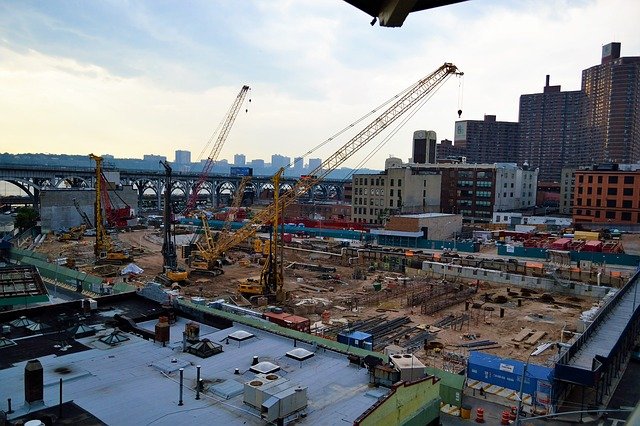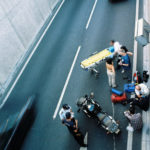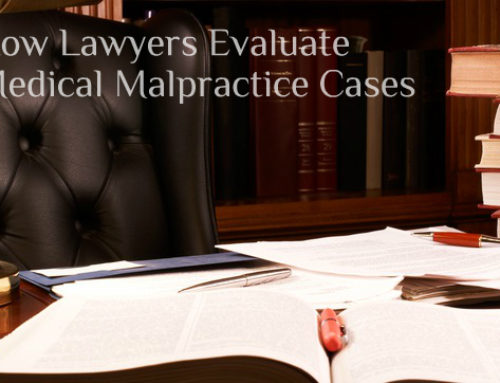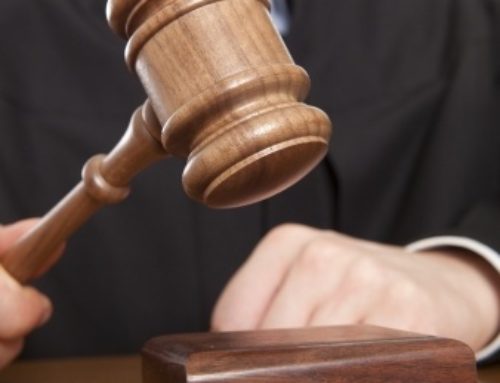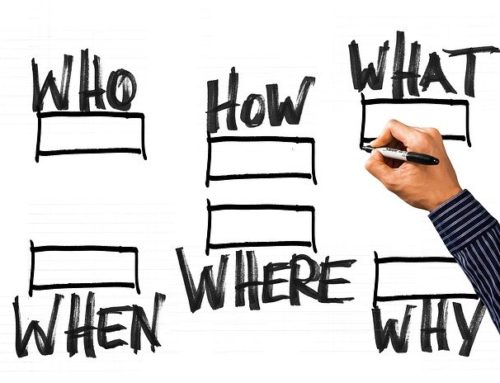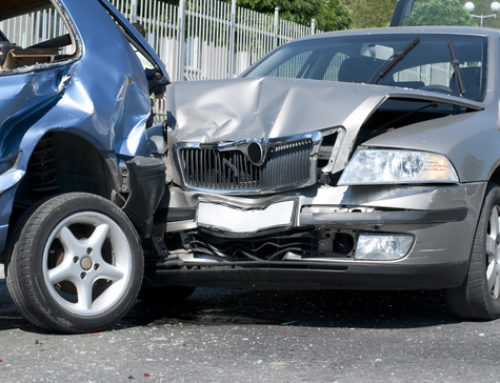Numerous jobs contain risk and dangerous elements. Those who work in these jobs receiving training about risk aversion to function safely in their professions. But what of those that end up risk adjacent?
It is not enough for worksites and construction yards to warn of dangers, to avoid fault in personal injury cases, they need to be actively secured.
Construction zones present many risks to the public and spaces nearby. Among these, falling debris and restricted movement in areas are of principle concern.
Non-Worker Injuries
Organizations such as OSHA and the more local MOSH, protect the public by presenting guidelines for worksite safety.
Injuries on the job site are more commonly dealt with under workman’s compensation. For the public, the risks of a non-worker injury fall within the tort system.
Construction sites present multiple dangers to the public in the forms of active construction, improper cleanup, and improperly secured equipment.
Each of these demands a different response from a job site.
Construction Zones Risks
It is important that fencing and barriers be placed far enough out to avoid falling debris or dropped tools from falling on those passing by.
Ground level hazards, when not within the confines of the fenced area, need to be clearly marked or have active agents flagging the area and alerting pedestrians to danger. The American National Standard Institute released frequent updates to policy to address public safety.
Construction is also a destructive process. The public is increasingly aware of the problem s of airborne danger and air quality near construction. Dust and dirt created in building processes need to be contained with filtration systems or caught with barriers.
Securing Construction Zones
Construction areas are also responsible to keep people out and to secure areas from theft and vandalism. Areas need to be posted and security procedures including surveillance both manned and unmanned can be necessary.
Equipment taken off-site used to cause harm creates additional liability for a construction company. This is especially clear-cut when large land moving equipment is made accessible through negligence.
Publicly Accessible Zones
Not all construction occurs beyond set and obvious barriers. Construction efforts in malls, plazas, and universities often occur while businesses are open and meant to be accessed.
These areas need monitoring and signage to warn bystanders of danger. They also need to conform to ADA (Americans with Disability Act) guidelines to not unduly restrict access to nearby areas. Those with issues of hearing, sight, or mobility deserve accommodation.
Pedestrians need clear signals if materials and equipment are being moved through the work zone. Noise and air pollution conditions need warnings posted so that those working or walking near a construction don’t face tangible injury from unknown conditions.
Get Representation
Construction is an important part of a growing economy. New additions are vital and so our repairs and upkeep to existing structures. It is still unacceptable to place the public at risk for personal injury by lax security and warnings at these sites.
If you’ve faced injury near or on a construction site, get help by contacting us. We’re here to help.


